Intro
The Kiger mustang doesn’t come from North America originally, but it’s history begins in the Pacific Northwest of the United States in a remote area of Oregon.
Read more
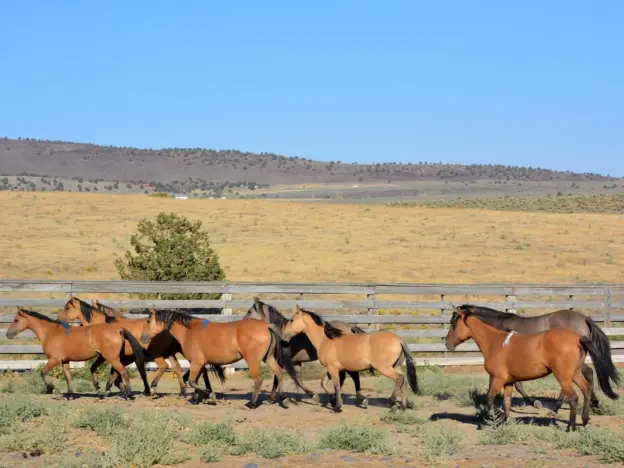
The Kiger mustang doesn’t come from North America originally, but it’s history begins in the Pacific Northwest of the United States in a remote area of Oregon.
Read more
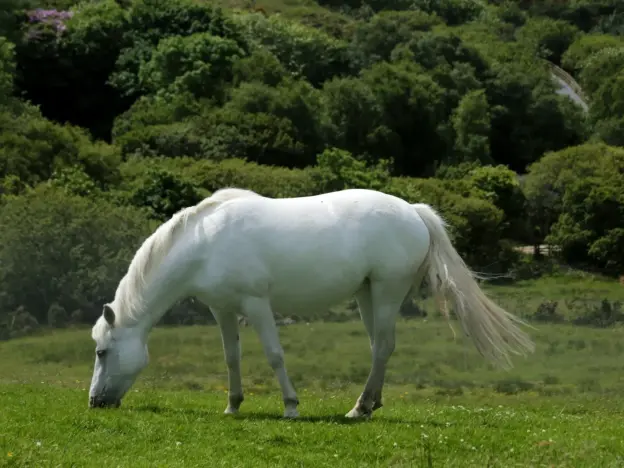
The Kerry Bog Pony is a small animal that is quite similar in stature to the Shetland pony. They were affectionately nicknamed Hobbies by the Irish locals.
Read more

The International Striped Horse is not a breed, but a color type that was established in Colorado.
Read more
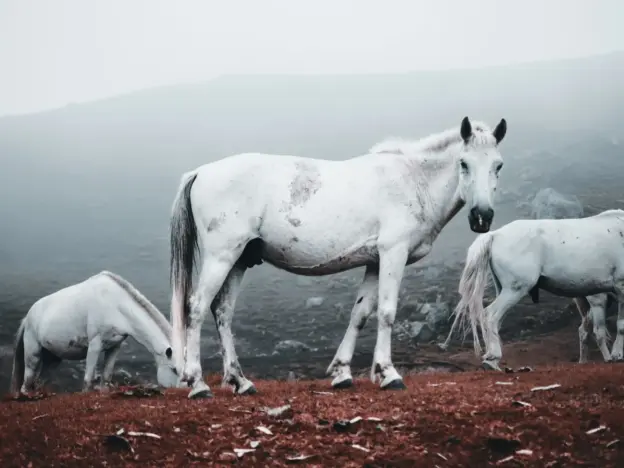
The Indian Country Bred Horse comes from the Himalayan region of India and is a combination of the Bhutia, Spiti and Tibetan pony bloodlines. These animals have been cross bred for so many years that the distinction lines between each breed have blurred.
Read more
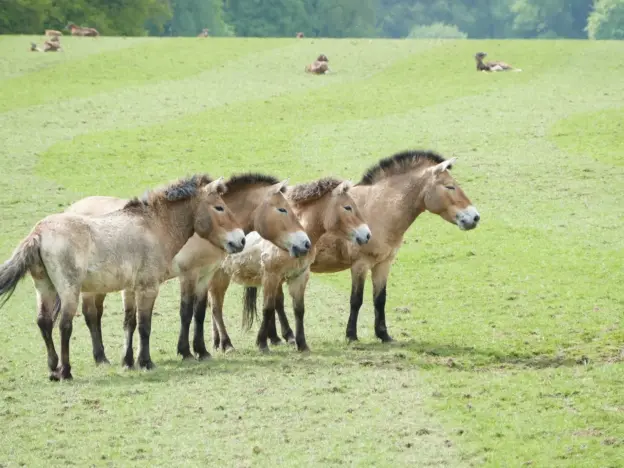
In 1971 the Hungarian Ministry of Agriculture and Nutrition decided they were going to preserve all of the native Hungarian breeds of livestock. One of the goals was to reestablish the aboriginal dun horse.
Read more
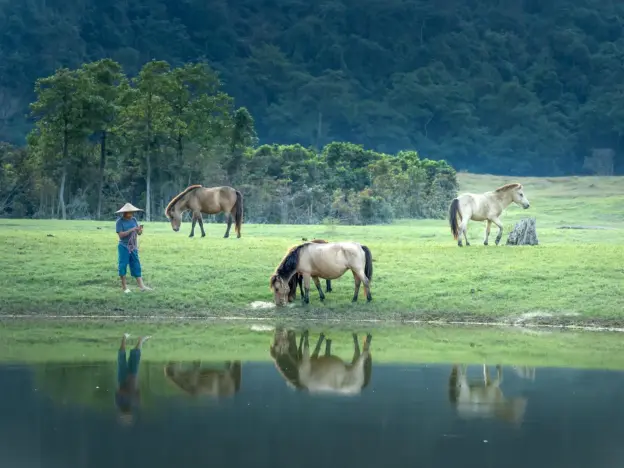
The small Hmong Horse is native to Vietnam and although they are very small, the have no problem bearing the weight of a full-grown man.
Read more
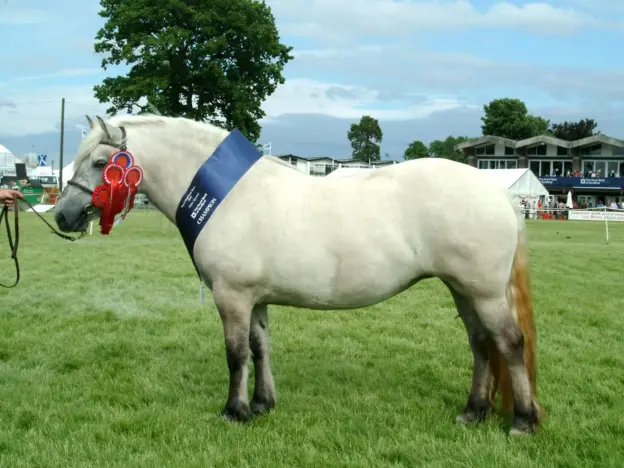
The Highland Pony is an ancient breed whose hardy constitution has been formed over centuries by incredibly harsh conditions found in the Scottish highlands and Isles. Due to the rocky climate these ponies are incredibly sure footed and can not be convinced to step on ground they believe to be unable to hold their weight.
Read more
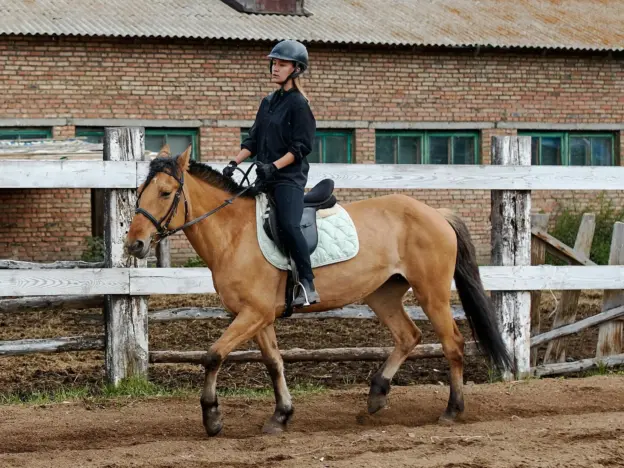
Also called the Somme Bay Horse, the Henson Horse was bred specifically with the goal of creating a versatile riding horse that was homogeneous in color and character.
Read more
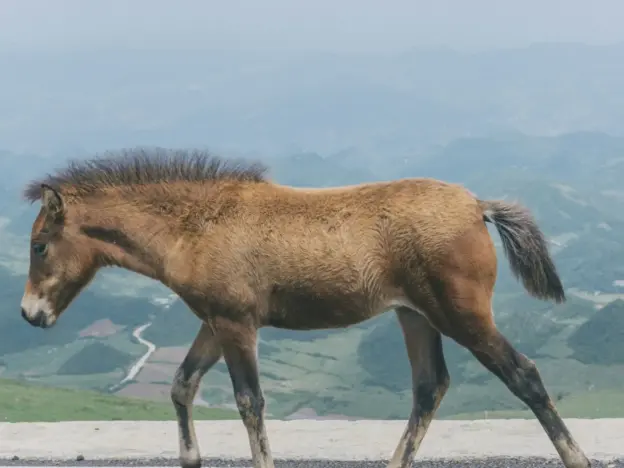
The Guizhou or Qian Horse is a native breed of the mountainous Guizhou Province in China where agriculture was developed as early as 770 BC. Relatively isolated geographically, these animals have had little outside influence and are an incredibly pure breed.
Read more
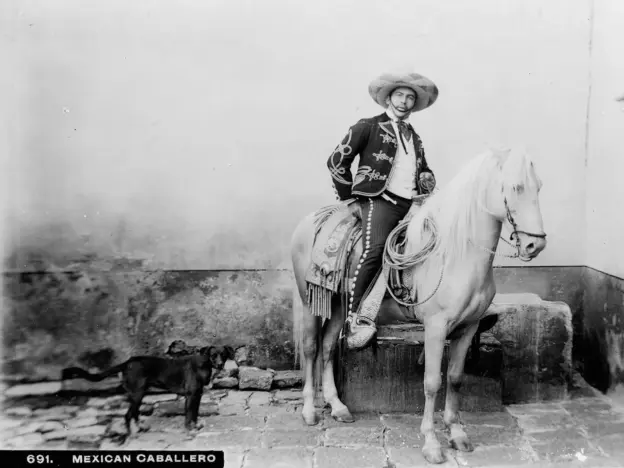
The Galiceño comes from Mexico and is relatively newly found in the US (since 1958). Like many of the horse breeds from the Americas, they owe their bloodlines to Spanish animals.
Read more